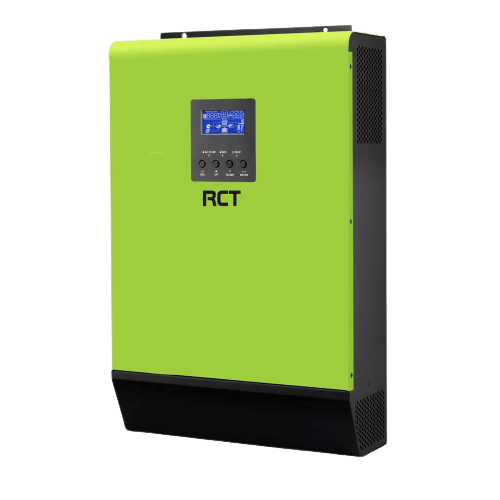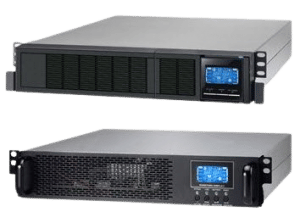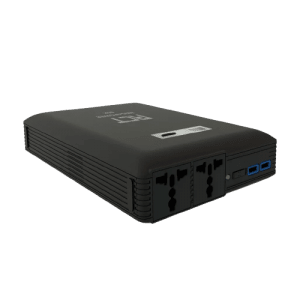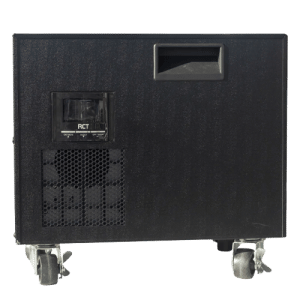UPS & Inverter Solutions
An inverter and a UPS are both used in providing back-up power supply to electronic devices, in the event of an electricity outage
Provision CCTV - Maseru Lesotho
POWER SOLUTIONS FOR YOU
RCT Home Power Solutions
No one can function effectively wtihout backup power during power outages and load shedding. RCT inverters power your home during an outage. The selectable input voltage range makes this perfect for home appliances and personal computers.
Suitable for offices and homes that need constant power supply and cannot afford to switch off their appliances, the RCT online and line interactive UPS range delivers short-term backup power for your devices. Available in both rack mountable and stand-alone units.
Extend the time that you can work during a blackout at home or at the office by complimenting your power solution with our RCT battery units. The range includes Lithium batteries, lead acid batteries, gel VLRA batteries, as well as battery cabinets.
The RCT MegaPower banks are ideal for your on-the-go power requirements, while being able to power a home router for up to 8 hours. Also included in the range are the RCT 1KVA UPS trolley, which will power up your home essentials during power outages.
Avoid the effects of power outages and loadshedding on your home. For the most sustainable and effective power solution, use RCT solar panels and battery units to move completely off-grid. Generate electricity and store it on the RCT battery units and make it available for use, even without connection to the grid.

RCT-AXPERT 5K
5KVA Inverter

Rackmount UPS
RCT-6000GR
- True double-conversion online UPS. Smart battery charger design for optimized battery perfomance. Selectable output voltagevia LCD panel .

Power Bank
RCT MP-PB80AC
- 80000mAh AC Power Bank; 2 x 230V AC Outlet; 2.4A USB Type A and 1 x 3A USB Type C

Battery Boxes
RCT MEGAPOWER 1KVA800W
- RCT MegaPower 1kVA/800W pure sinewave UPS trolley, True Double conversion, Power factor 0.8, usb or RS232 monitoring, No battery included
Frequently asked questions
Inverter
A power inverter changes DC power from a battery into conventional AC power that you can use to operate all kinds of devices … electric lights, kitchen appliances, microwaves, power tools, TVs, radios, computers, to name just a few. You just connect the inverter to a battery, and plug your AC devices into the inverter … and you’ve got portable power … whenever and wherever you need it.
The inverter draws its power from a 12 Volt battery (preferably deep-cycle), or several batteries wired in parallel. The battery will need to be recharged as the power is drawn out of it by the inverter. The battery can be recharged by running the automobile motor, or a gas generator, solar panels, or wind. Or you can use a battery charger plugged into an AC outlet to recharge the battery.
very simple way to use an inverter for emergency power (such as during a power outage), is to use a car battery (with the vehicle running), and an extension cord running into the house, where you can then plug in electrical appliances.
We carry many different sizes, and several brands of power inverters. See our Inverters Page for specifications on each of our models.
Short Answer: The size you choose depends on the watts (or amps) of what you want to run (find the power consumption by referring to the specification plate on the appliance or tool). We recommend you buy a larger model than you think you’ll need (at least 10% to 20% more than your largest load).
Example: You want to power a computer with a 17″ monitor, some lights, and a radio.
| Computer: | 300 Watts |
| 2 – 60 Watt lights: | 120 Watts |
| Radio: | 10 Watts |
| Total Needed: | 430 Watts |
For this application, you would minimally need a 500 W inverter, and should give some thought to a larger one, as there will likely be a time when you wish you’d bought a bigger model … in this example, you might decide you’d like to run a fan while you compute, or let the kids watch TV.
Longer Answer: Determine Continuous Load and Starting (Peak) Load: You need to determine how much power your tool or appliance (or combination of them that you would use at the same time) requires to start up (starting load), and also the continued running requirements (continuous load).
What is meant by the terms “continuous-2000 watts” and “peak surge-4000 watts” is that some appliances or tools, such as ones with a motor, require an initial surge of power to start up (“starting load” or “peak load”). Once started, the tool or appliance requires less power to continue to operate (“continuous load”)
Workflow Optimization is a cross platform message optimization app for all devices. Contact Us
UPS
UPS stands for uninterruptible power supply. This means that a UPS system is designed to keep the power running at all time, like when the main power grid goes down.
The inverter draws its power from a 12 Volt battery (preferably deep-cycle), or several batteries wired in parallel. The battery will need to be recharged as the power is drawn out of it by the inverter. The battery can be recharged by running the automobile motor, or a gas generator, solar panels, or wind. Or you can use a battery charger plugged into an AC outlet to recharge the battery.
UPS systems can be used anywhere that needs to ensure that the power keeps on following. The most common applications are where power is critical to avoid infrastructure damage, like in a data centre or manufacturing facility.
The UPS and inverter both provides the backup supply to the electrical system. The major difference between the UPS and inverter is that the UPS switches from the main supply to the battery immediately, but the inverter constantly runs off the batteries.
Workflow Optimization is a cross platform message optimization app for all devices. Contact Us

